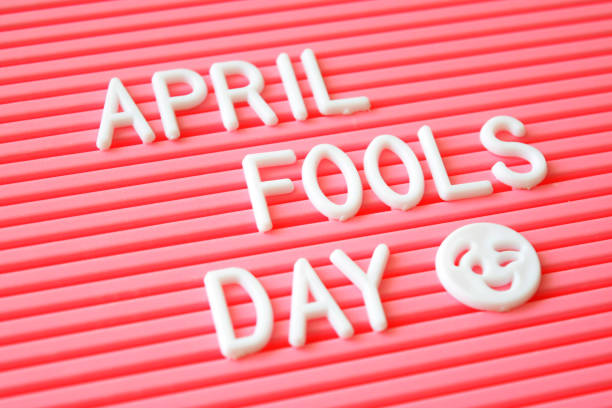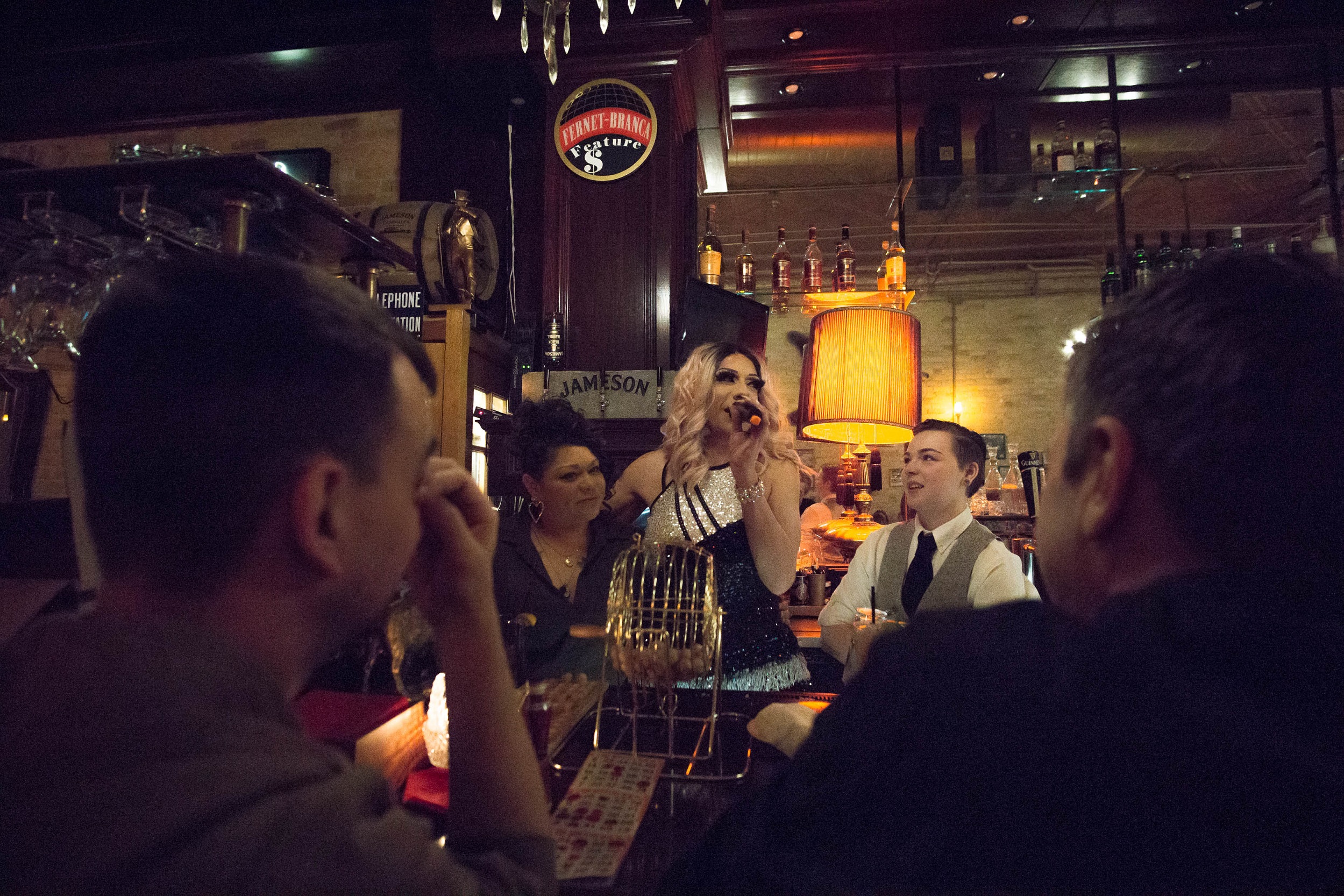By La’Niya Jones
April Fools’ Day is a day filled with pranks, jokes, and laughter, but what history hides behind this day of humor? If you think the history is straightforward, the joke’s on you because this day is all sorts of mysterious.
It is not exactly clear where the holiday formed or how it got so celebrated, but there are some theories.
Many historians look to 1582, when France switched from the Julian calendar to the Gregorian calendar. In the Julian calendar, the new year started on April 1, but on the Gregorian calendar, the new year started on January 1. This left some people confused.
People who didn’t realize the switch of days would continue to celebrate the new year during the last week of March through April 1, because of that they would be called “April fools.” These people would have paper fish placed on their backs and be called “poisson d’avril” (April fish), which symbolized young fish that were easily caught and gullible people.
Hilaria was a festival celebrated in ancient Rome on March 25 by followers of the cult of Cybele (the great mother of the gods). This day was one of several in the festival for Cybele that honored her son and lover, Attis (a vegetation god); this day centered around rejoicing in his resurrection. During the celebration, members would dress up in disguises and mock fellow citizens and even law enforcement officials.
The Vernal Equinox may also be connected to April Fools’ Day. This event occurs on March 20 or 21 and signals the start of spring in the Northern Hemisphere. It’s linked to April Fools’ Day because some people believed that Mother Nature was fooling them with the changing and unpredictable weather.
Overseas in Scotland, the Scottish turned this one-day event into a two-day celebration that started with Gowkie Day. People would “hunt the gowk” (cuckoo bird/fool) by being sent on fake errands. The next day, called Tailie Day, would involve playing pranks on people’s behinds. This would include fake tails and kick me signs.
Somewhere throughout time, April Fools’ Day started to take over and get a lot of recognition worldwide. It is now celebrated almost everywhere, with people, newspapers, radio and TV stations, and websites participating in the pranking tradition.



